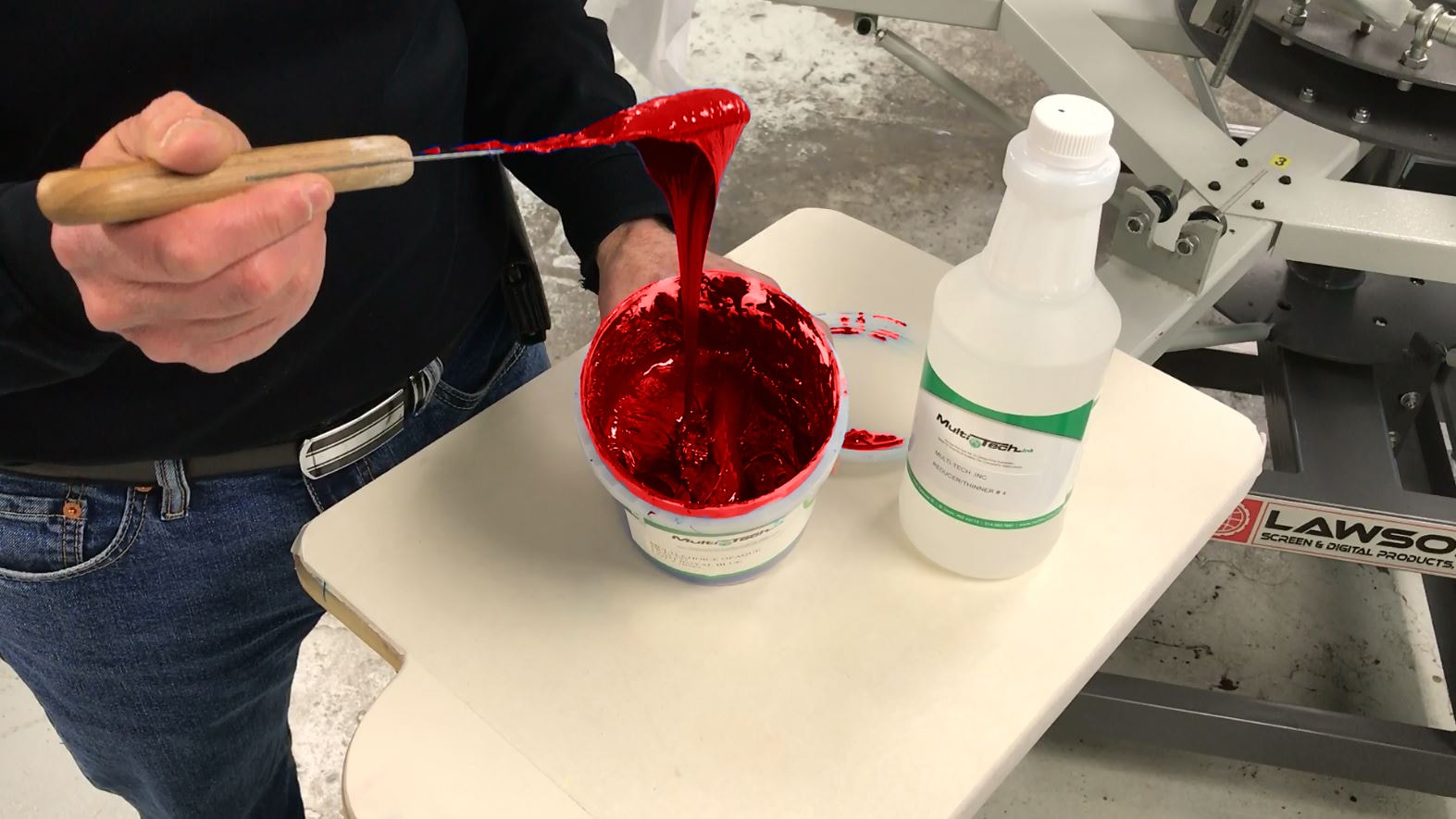Choosing the Correct Mesh Count for Everyday Screen Printing
There is a reality to using an "everyday mesh count" but what happens when you need to step out of the norm?

Choosing the correct mesh count for everyday screen printing is very important. The screen printing image award winners featured at shows or in trade magazines give considerable thought to it. Their specialty prints give us a target to aim for. If we don't have goals, we just simply go thru life existing. However, the reality is that most printers simply print an “everyday” image most of the time.
These everyday prints are the bread and butter of the industry. These are the prints the average client wants you to provide and is willing to pay for. If you are a decorator, you should figure out how to make these look good before you ever sell your first shirt. (An embarrassing side note: the first job I printed was returned because the ink washed off, but that is a completely different subject).
With the assumption that you are printing well, I would like to offer a suggestion to improve the quality of these prints as well as reduce the amount of ink you are consuming.
Most of us are trained to print with 110 mesh. It is a good middle-of-the-road mesh that will address most printing needs. There are several advantages to making a simple change to a 156 white mesh.
- This change allows for up to a 30% reduction in the amount of ink used on an average print
- It gives the print a much softer hand
- Allows for the reduction of certain ink colors; red for example. These inks are traditionally thicker. By adding reducer to them you again get a softer hand as well as using less of these more costly inks.
- Using higher mesh count may seem counterproductive with white ink. However, the reality is you are still print/flash/print. The higher mesh count again saves ink and reduces the weight of the print.
- Allows for finer printed lines/text
- Reducer Thinner DT - plastisol ink thinner
By making this simple change you can produce a noticeably higher quality product while saving on plastisol ink costs.

